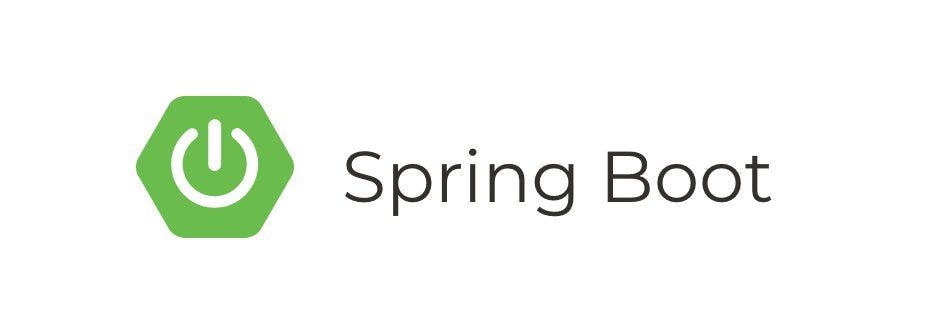Introduction:
Redis is an open-source, in-memory data structure store that can be used as a cache, message broker, and more. Spring Boot provides excellent support for integrating with Redis through the Spring Data Redis project. In this tutorial, we’ll go through the steps of setting up a Spring Boot application with Redis integration.
Step 1: Create a Spring Boot Project
Use Spring Initializr or your preferred method to create a new Spring Boot project. Include the “Spring Web” and “Spring Data Redis” dependencies.
Step 2: Set Up Redis Server
Ensure that you have a Redis server running. You can install Redis locally or use a cloud-based Redis service. Update the application.properties or application.yml file with the Redis server information:
# application.properties
spring.redis.host=localhost
spring.redis.port=6379Step 3: Create a Model Class
Create a simple model class to represent the data you want to store in Redis. For example:
Step 4: Create a Redis Repository
Create a repository interface that extends CrudRepository provided by Spring Data Redis. For example:
Step 5: Create a Service
Create a service class to manage interactions with the Redis repository. Inject the BookRepository and implement methods for saving, retrieving, and deleting books.
Step 6: Create a Controller
Create a controller to expose endpoints for interacting with the Redis-backed service.
Step 7: Run and Test
Run your Spring Boot application. You can now use tools like Postman or CURL to interact with your Redis-backed endpoints:
- To add a book:
POST http://localhost:8080/bookswith a JSON payload. - To get a book:
GET http://localhost:8080/books/{id}. - To delete a book:
DELETE http://localhost:8080/books/{id}.
Step 8: Observe Redis Data
Connect to your Redis server using a client or command-line tool to observe the data stored in Redis.




